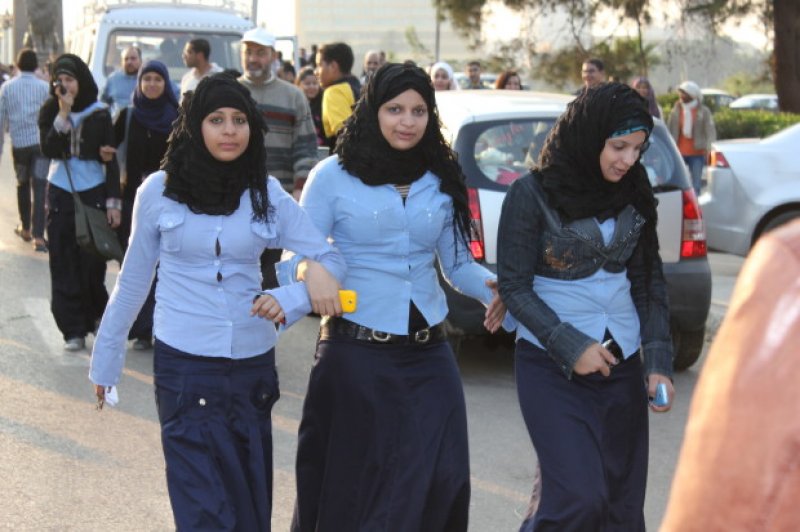Islamic clothing requirements

The Muslim way of dressing has attracted a lot of attention in recent years, with some groups suggesting that dress restrictions are humiliating or controlling, especially for women. Some European countries have even attempted to ban certain aspects of Islamic customs, such as covering their faces in public. This controversy largely stems from a misunderstanding about the reasons behind the Islamic dress rules. In fact, the way Muslims dress is really driven by simple modesty and the desire not to attract individual attention in any way. Muslims generally are not affected by the restrictions imposed on their religion by their religion and most consider it a proud claim to their faith.
Islam provides guidance on all aspects of life, including issues of public decency. Although Islam does not have fixed standards regarding the style of dress or the type of clothing that Muslims must wear, there are some minimum requirements that must be met.
Islam has two sources of guidance and rules: the Qur'an, which is considered the revealed word of Allah, and the Hadith, the traditions of the prophet Muhammad, who serves as a model and human guide.
It should also be noted that codes of conduct when it comes to dressing are very relaxed when people are at home and with their families. Muslims follow the following requirements when they appear in public, not in the privacy of their homes.
1st requirement: body parts to be covered
The first guide provided in Islam describes the parts of the body that need to be covered in public.
For women: in general, modesty standards require that a woman cover her body, especially her chest. The Quran asks women to "draw the headdress on the chest" (24: 30-31), and the prophet Muhammad ordered the women to cover their bodies except their faces and hands. Most Muslims interpret it to request a headdress for women, although some Muslim women, especially those from the most conservative branches of Islam, cover the entire body, including the face and / or hands, with a chador business suit .
For men: the minimum amount to be covered on the body is between the navel and the knee. It should be noted, however, that a bare chest would be frowned upon in situations where it attracts attention.
Second requirement: fluency
Islam also guides that clothing must be loose enough to not outline or distinguish the shape of the body. Close-fitting, body-hugging clothes are discouraged for men and women. When in public, some women wear a light coat over their personal clothing as a convenient way to hide body curves. In many predominantly Muslim countries, traditional men's clothing is somewhat like a loose-fitting robe, covering the body from the neck to the ankles.
3rd requirement: thickness
The prophet Muhammad once warned that in later generations there would be "clothed yet naked" people. Transparent clothing is not modest, neither for men nor for women. The clothing must be thick enough not to make visible the color of the skin it covers, nor the shape of the body below.
4th requirement: general aspect
The general appearance of a person should be dignified and modest. Shiny and flashy clothing can technically meet the above requirements for body exposure, but it defeats the purpose of general modesty and is therefore discouraged.
5th requirement: do not imitate other faiths
Islam encourages people to be proud of who they are. Muslims should appear as Muslims and not as mere imitations of people of other faiths around them. Women should be proud of their femininity and not dress like men. And men should be proud of their masculinity and not try to imitate women in their dress. For this reason, Muslim men are prohibited from wearing gold or silk, as they are considered female accessories.
Sixth requirement: decent but not flashy
The Qur'an indicates that clothing is intended to cover our private areas and to be an ornament (Quran 7:26). The clothes worn by Muslims should be clean and decent, neither overly elegant nor frayed. You should not dress in a way intended to gain the admiration or sympathy of others.
Beyond clothing: behavior and good manners
Islamic clothing is only one aspect of modesty. More importantly, one must be modest in behavior, manners, language and public appearance. Dress is only one aspect of total being and one that simply reflects what is present within a person's heart.
Is Islamic clothing restrictive?
The Islamic habit sometimes attracts criticism from non-Muslims; however, the dress requirements are not intended to be restrictive for men or women. Most Muslims who wear modest clothing do not find it in any practical way and are able to easily continue with their activities at all levels and levels of life.